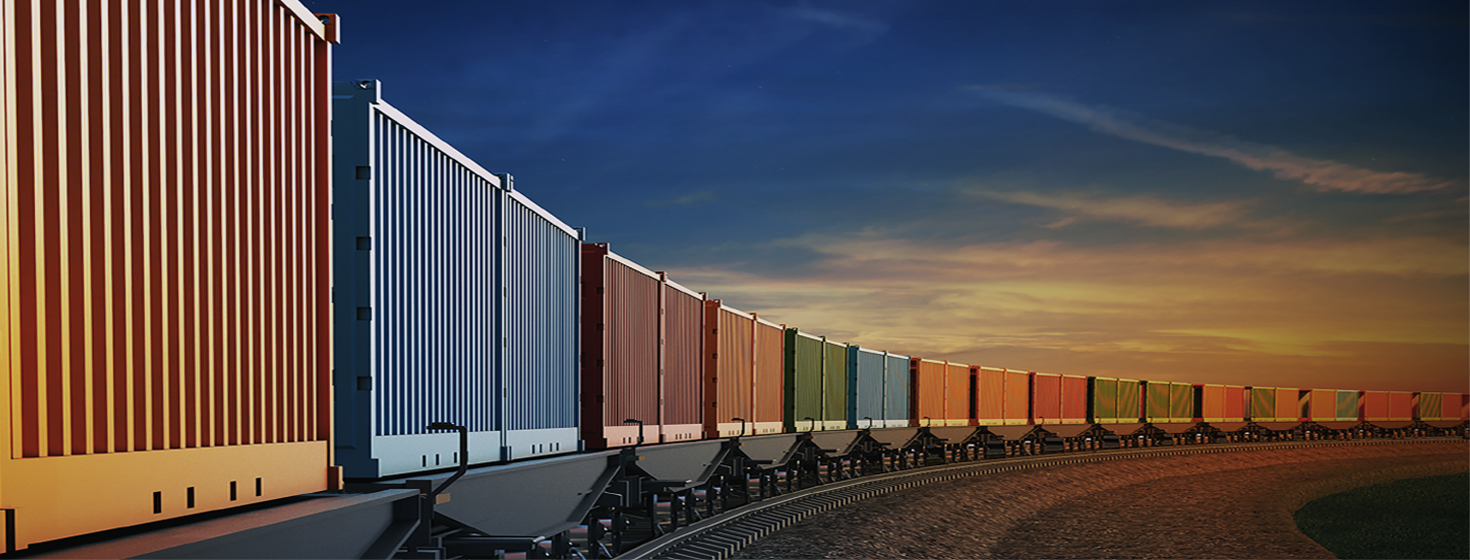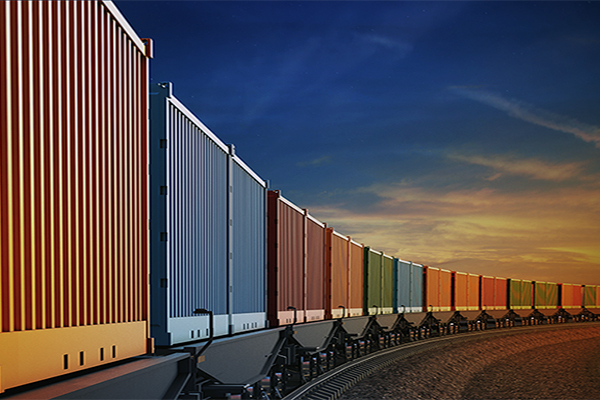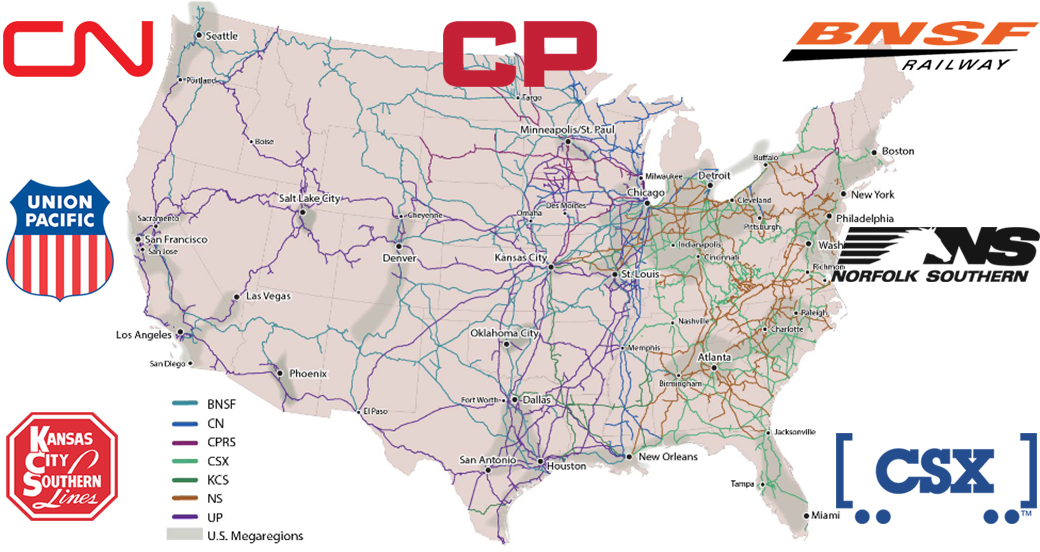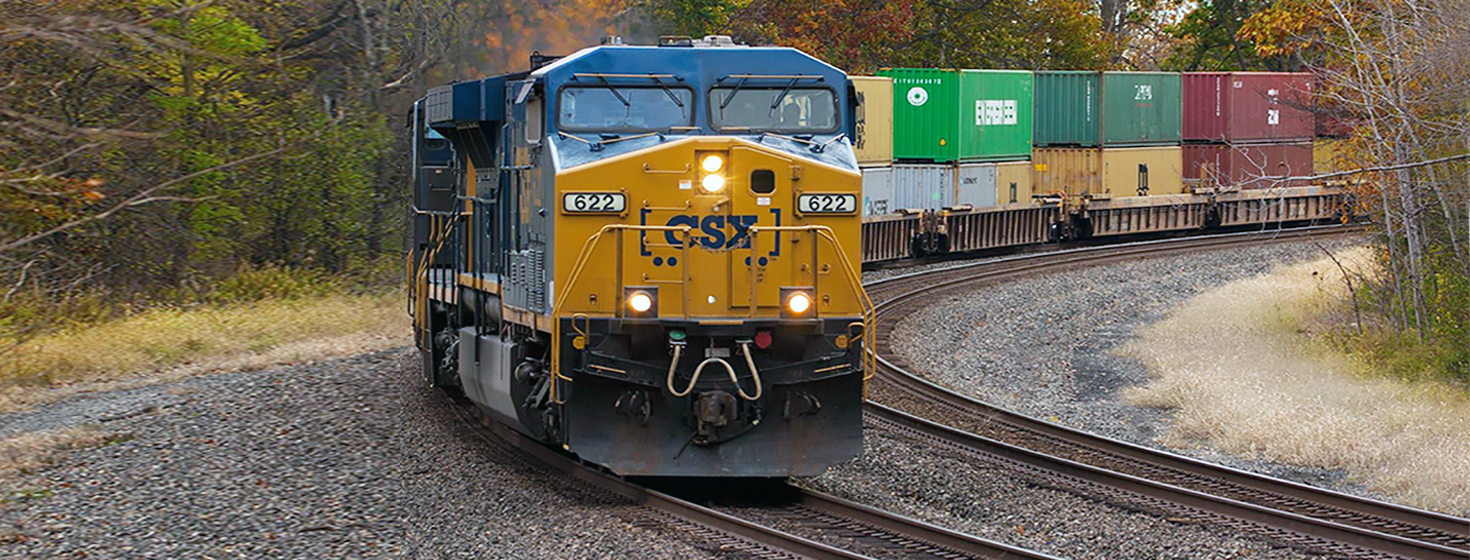Future Pricing Risks for Rail Shippers & Receivers Worrisome

Any logistics shipper planning facilities in or near major metro areas would be wise to think ahead and have competitive modes in place for future price negotiations with the rail oligarchy.
Freight Rail Overview
Here’s a quote from a recent Federal Railroad Report (FRA) on rail trends:
“Population and demographic trends pose an enormous challenge for U.S. transportation infrastructure. Forecasts suggest that the United States is becoming a more urbanized country, and urbanized areas will increasingly converge into larger networks of metropolitan areas called ‘megaregions’ as the population continues to grow. It’s forecast that by 2050, 75% of U.S. inhabitants will live in these areas, and 80% of population growth will occur there. As a result, more passenger and freight traffic will move into these regions, and traffic congestion and loss of productivity, as well as their related effects, will diminish the quality of life in and around megaregions.”
This quote is a part of the government’s analysis of the importance of rail in our future as a country.
The FRA sees the railroad system as helping to reduce the negative impact of this major population consolidation.
The lower carbon footprint of rail and dedicated, privately owned corridors will enable transit of food, products, and people into and between cities as they see it.
However, this should alarm shippers and receivers of goods.
As we have seen with other necessities like water and electricity, the government has had to step in to ensure that consumers are not charged “captive” rates by utilities and semi-utilities.
The current political debate about access to the Internet and “net neutrality” is illustrative of what we can expect to happen as the rail lifelines become more critical in the coming decades.
One solution that’s encouraging to the FRA is intermodal, as the railroads work with highway service providers to take on some of the increasing volumes.
The FRA states in its report that “with improvements in service and facilities, rail intermodal will become more competitive and absorb the projected increases in freight movement caused by population growth and the growth of the intermodal movement of goods into the future.”
But, of course, intermodal consumes rail capacity too. Reduction in capacity leads to higher prices (read Inspection Blitz Sends Freight Rates Skyward). Combine this with an oligarchy of private rail companies controlling the U.S. rail system and you see the risk for shippers and receivers.
Read: Annual Gains for U.S. Rail Carload and Intermodal Volumes in May
Railroads historically point to their competition via pipeline, water, and highway to distract regulators from the increasing dependency of major metro areas and ports on rail services.
In fact, railroads already carry nearly 40% of cargo tonnage domestically in the U.S. according to the Department of Transportation.
As megacities continue to develop, the percentage within and between these megaregions that are rail dependent will increase with little chance for more interstate highways or pipelines - and often little or no water services.
As single carrier “captive” rail shippers know well, if you have only one railroad serving your plant, you will pay through the nose to keep freight moving to and from your facility. Now think of that being applied to “captive” metropolitan areas.
So, now that we know the problem, what about a solution?
We can return to price regulation as we’ve done with other “utilities” that our population depends on.
Or we can design our cities to include production space for food (e.g. hydroponics) and turn to 3D printing for products, but we will still need many tons of freight moved by rail to keep people fed, clothed and housed.
Indeed, there are some radical ideas emerging.
Those working on Hyperloop technology claim that they can make an impact on the dependency on rail and highway for major metro areas if their new technology is proven as viable.
Recently airships, drones, and tunneling have been promoted as alternative solutions.
The recent failed attempt to get approvals for another tunnel to New York City from New Jersey is illustrative of how difficult this would be.
Therefore, any shipper planning facilities in or near metro areas would be wise to think ahead and have competitive modes in place for future price negotiations with the rail oligarchy.
Related: CSX Plans to Sell 650 Miles of ‘Non-Core’ Rail Segments
CSX White Papers & Guides
Supply Chain Trends
A pool of over 150 supply chain professionals was asked about their transportation plans, challenges and opportunities for growth, the results provide insight into a wide range of issues and shed light on what supply chain managers plan to focus on in the coming year. Download Now!
Your Guide to Upcoming Trucking Regulations
As increased over-the-road regulations are set to go into effect in 2017, supply chain managers should take steps to prepare today in order to protect their organizations from negative impact. Download Now!
The X’s and O’s of Intermodal Rail in Supply Chain Management
As the coach of your supply chain, you have the opportunity to turn to your playbook and choose from multiple transportation modes to maximize the efficiency of your freight network. Download Now!
The Intermodal Rail Bracketology Guide
Learn how to identify sub-optimal full-truckload freight that is vulnerable to capacity constraints if and when a supply chain disruption occurs. Download Now!
Practical Steps for Highway to Intermodal Rail
Learn how to increase access to capacity, reduce transportation costs and mitigate exposure to future trucking regulations. Download Now!
Transportation Management Systems & Intermodal Rail
An interactive, personalized guide to learn more about the combined benefits of a TMS and intermodal rail. Download Now!
Highway to Intermodal Rail (H2R) Conversions Deliver Bottom Line Results
CSX Transportation has found that 96% of shippers have sub-optimized freight in their network. Does your organization? Find out and learn how to address sub-optimized freight in your supply chain. Download Now!
Read: CSX Back On Track: First-Quarter Profits Jump to $695 Million
Article Topics
CSX News & Resources
Signs of progress are being made towards moving cargo in and out of Baltimore Top CSX executive places a sharp emphasis on railroading as a career path and service at NEARS Intermodal innovation? Crisis averted on U.S. railroads, with carriers and unions reaching tentative agreements CSX’s acquisition of Pan Am Railways is a done deal Baltimore breaks ground for double-stacking 126-year-old tunnel in ‘absolute game-changer’ CSX executive discusses railroad trends and themes at NEARS conference More CSXLatest in Transportation
FedEx Announces Plans to Shut Down Four Facilities The Two Most Important Factors in Last-Mile Delivery Most Companies Unprepared For Supply Chain Emergency Baltimore Bridge Collapse: Impact on Freight Navigating Amazon Logistics’ Growth Shakes Up Shipping Industry in 2023 Nissan Channels Tesla With Its Latest Manufacturing Process Why are Diesel Prices Climbing Back Over $4 a Gallon? More Transportation






















